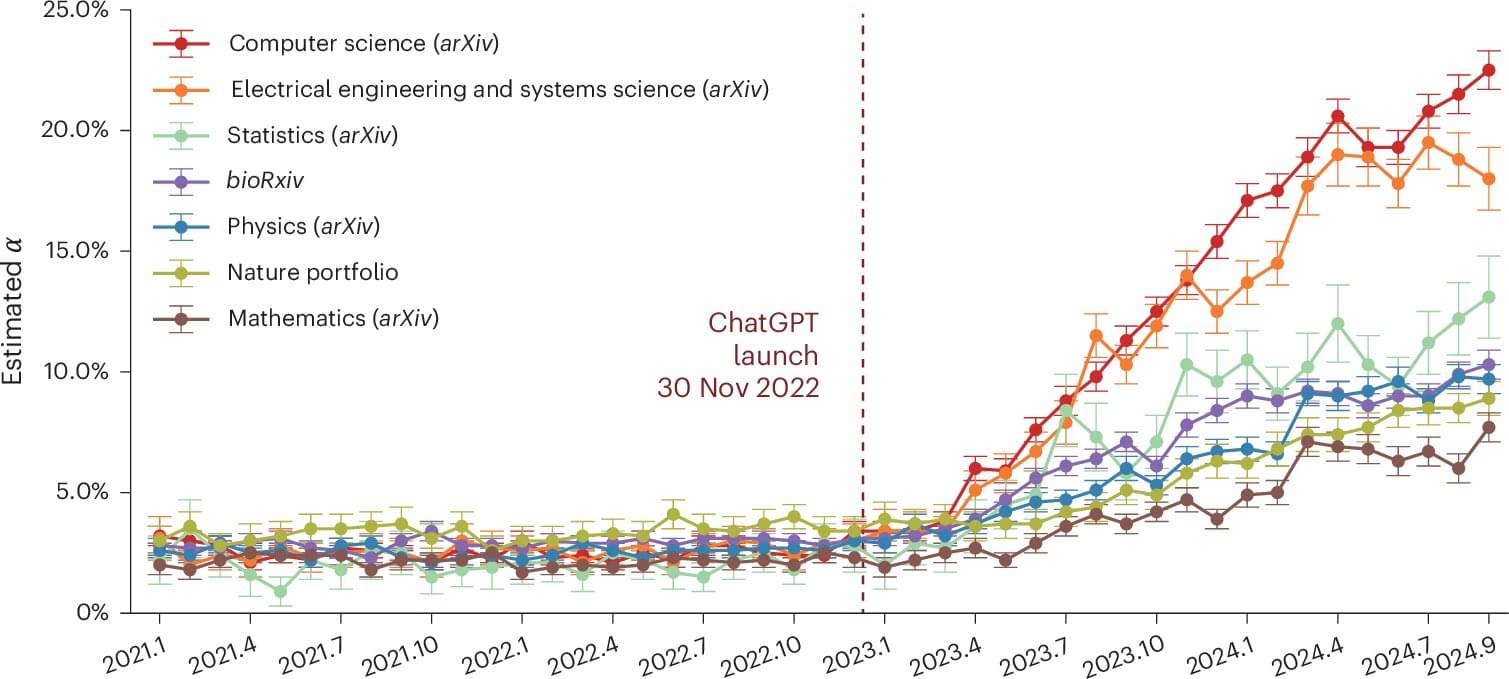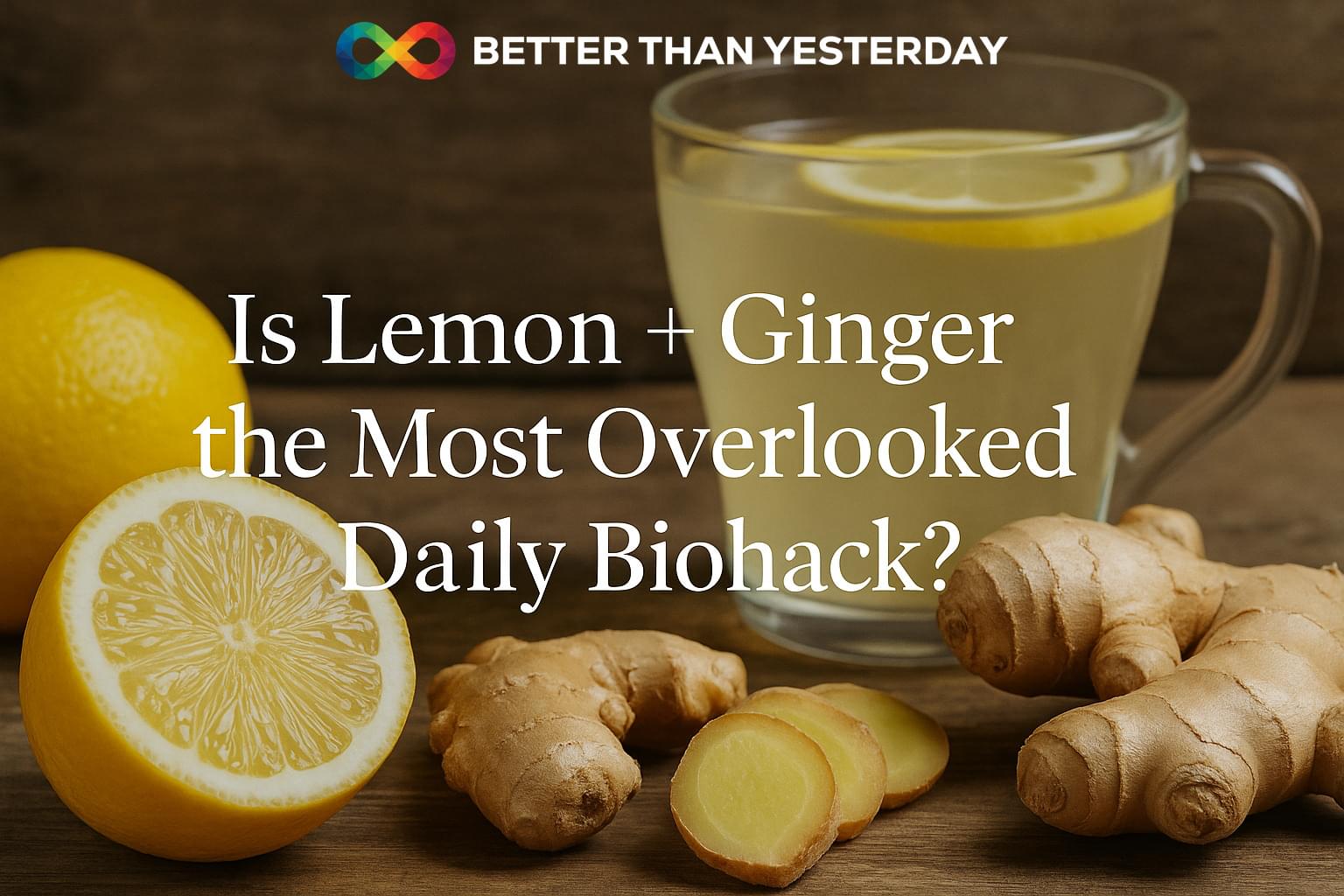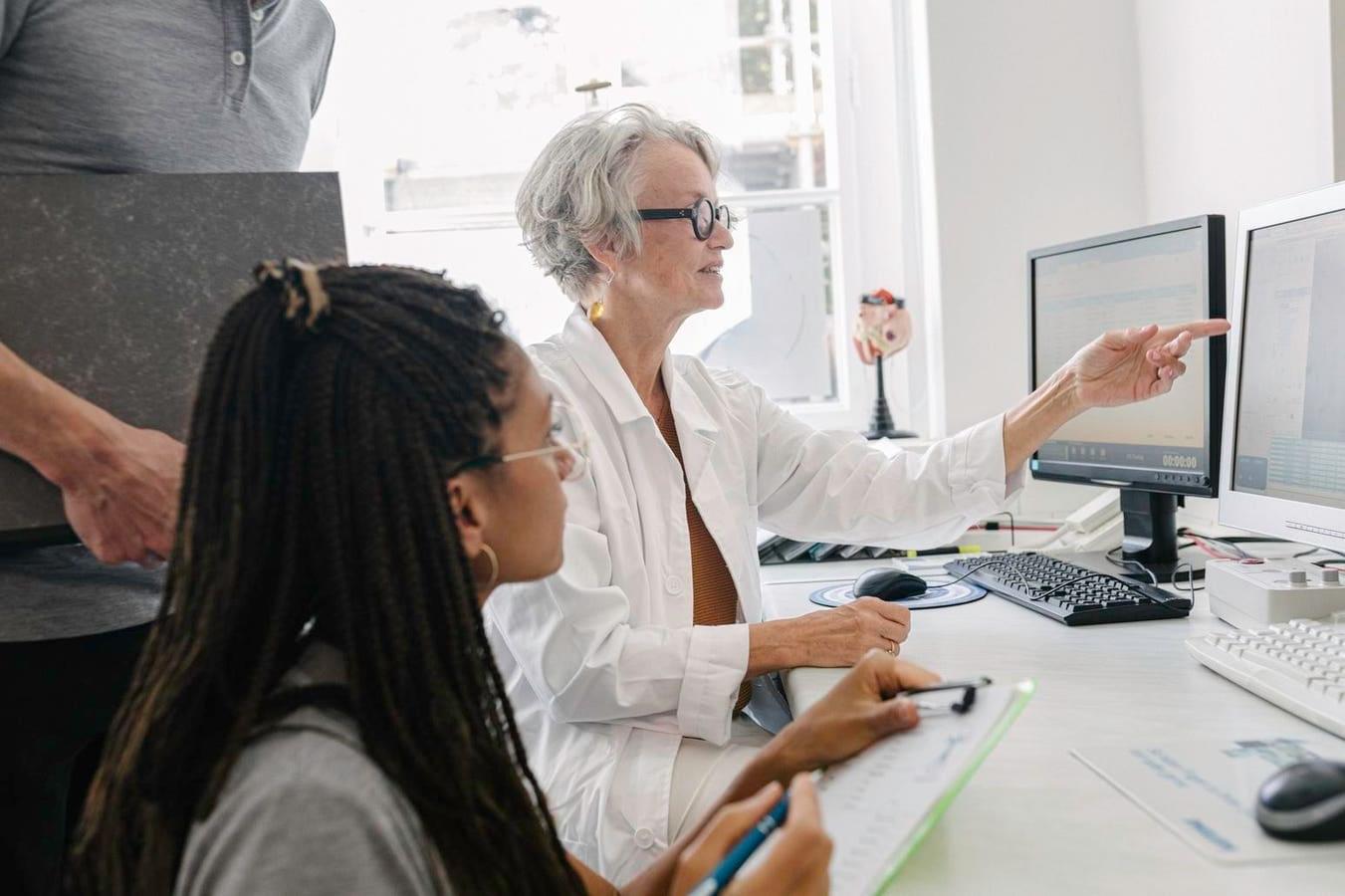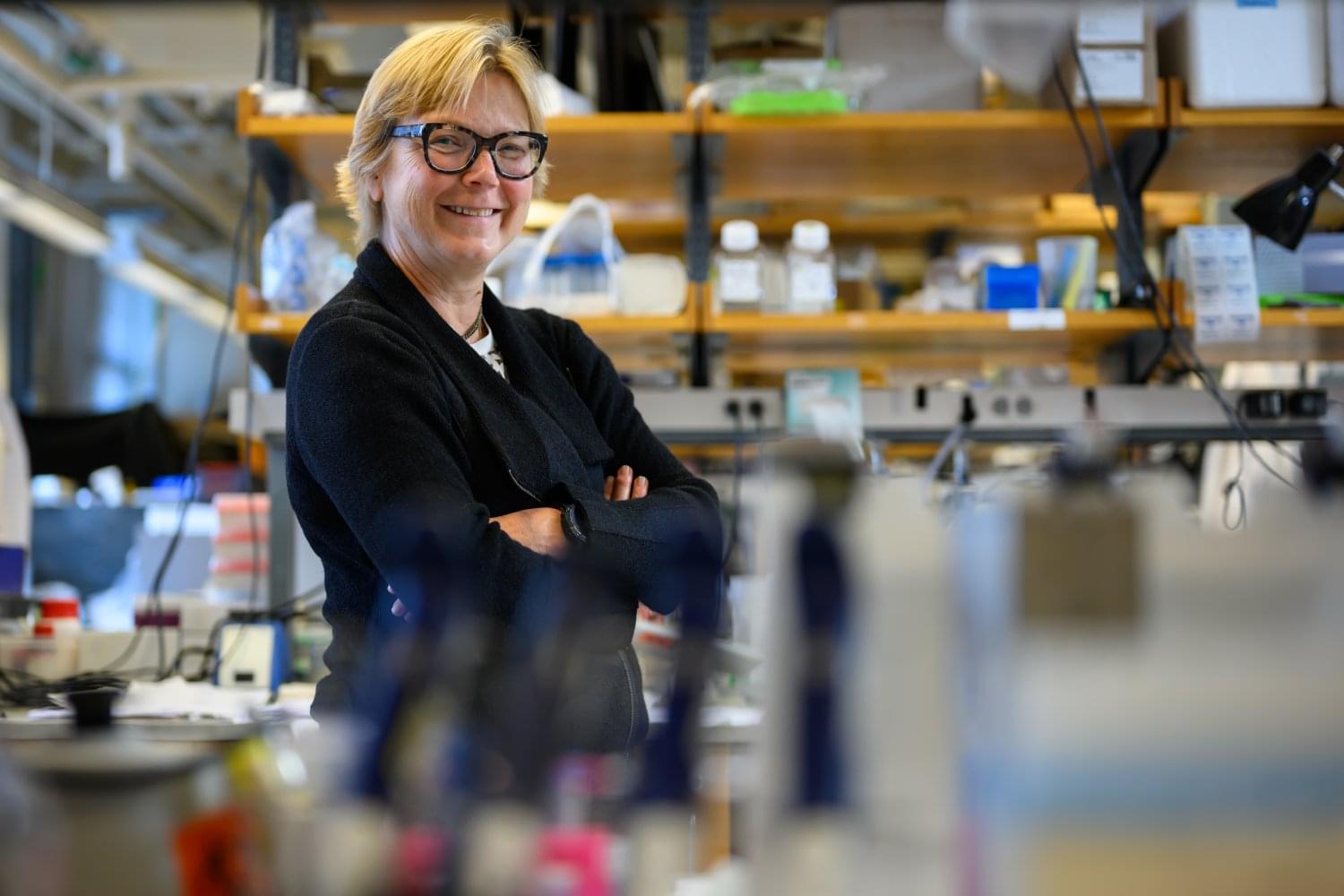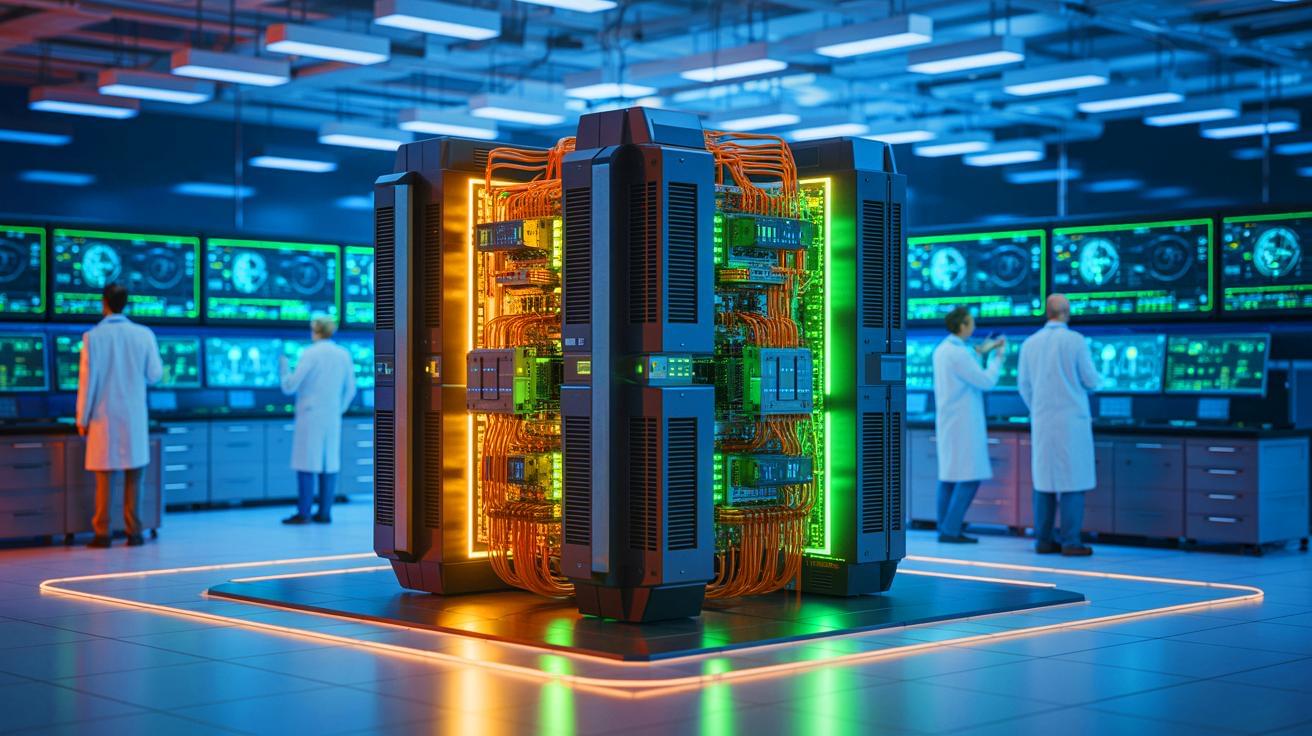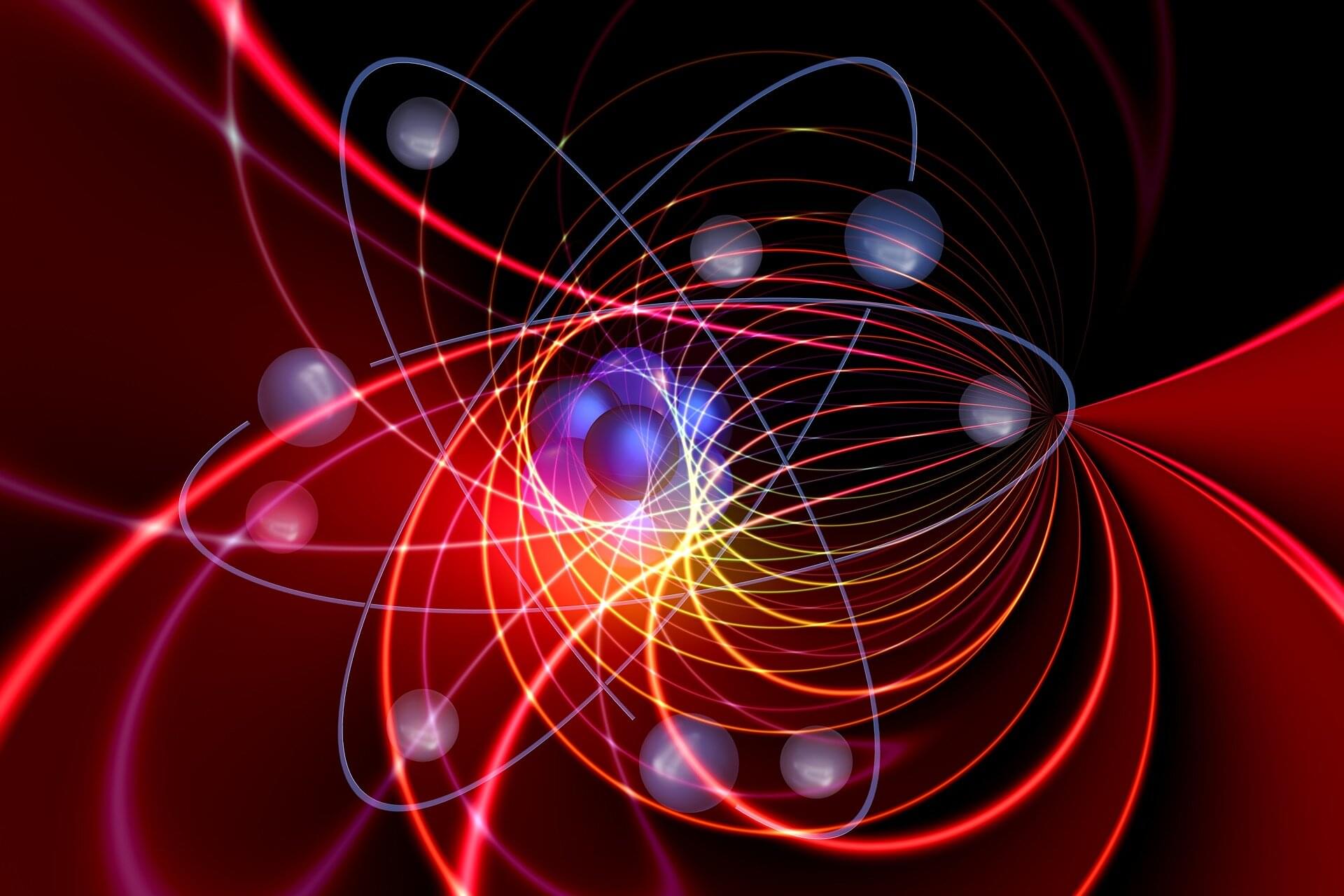The hosts delve into “The Future of Science” (Будущее Науки) by Viktor Filaletov (Виктор Филалетов), offering a profound exploration of science’s fundamental nature, evolving methodology, and crucial future prospects. The sources consistently portray science as a systematic process of knowledge acquisition, driven by the meticulous study of regularities and an unwavering commitment to understanding reality. At its core, scientific activity involves rigorous observation, precise experimentation, and the development of robust theories through the generalization of observations and facts. This entire scientific work is depicted as a deeply intellectual activity, fueled by intellectual curiosity and the unyielding pursuit of objective truth.
A significant focus is placed on scientific methodology, highlighting the importance of systematic research, the interplay of logic and intuition, and precise data analysis in tackling diverse scientific problems and achieving groundbreaking scientific discoveries. Scientific progress is depicted as a continuous, dynamic process, requiring constant critical thinking, scientific skepticism, and an openness to challenge established theoretical frameworks for ongoing intellectual development. The text distinguishes between fundamental research and applied research, acknowledging the vital role of both in advancing knowledge and understanding the world.
The sources candidly address the inherent challenges in scientific research, including navigating uncertainty in science and confronting the inherent limits of human understanding and perception. They underscore the vital human element, where scientific thought and scientific creativity are integral to the investigative process. Furthermore, crucial ethical considerations and profound scientific responsibility are discussed, particularly regarding the immense societal impact of science and its implications for future generations. The relentless pursuit of scientific truth often necessitates confronting the unknown and achieving scientific validation through empirical evidence. The text also touches upon the philosophical aspects of science and the importance of scientific integrity in all endeavors.
Looking towards the future of science, the discourse emphasizes relentless innovation and accelerated technological advancement. A compelling and recurring theme is the necessity of interdisciplinary research and expanded global scientific collaboration to effectively address and solve complex global challenges. The ongoing evolution of scientific thought and collective intellectual development are posited as essential drivers for uncovering new scientific breakthroughs and pushing the very frontiers of knowledge. Ultimately, scientific inquiry is presented as an unending pursuit of understanding, continually redefining our comprehension of the world and ensuring the future of scientific endeavor remains vibrant and impactful. #science #philosophy #FutureOfScience #ScientificResearch #ScienceProgress #KnowledgeDiscovery #HumanityForward #deepdive #skeptic #podcast #synopsis #books #bookreview #science #aiart #ai #artificialintelligence #booktube #aigenerated #videoessay
